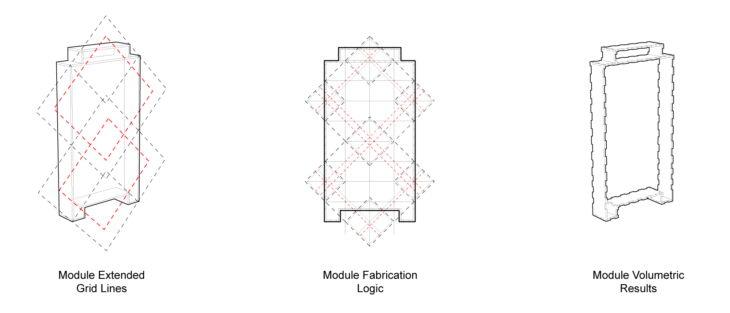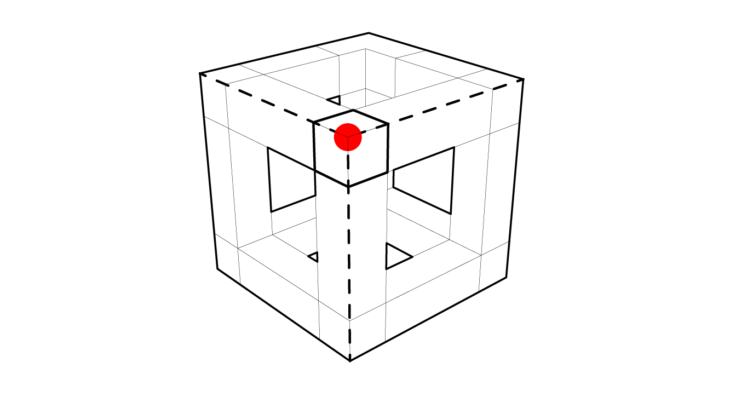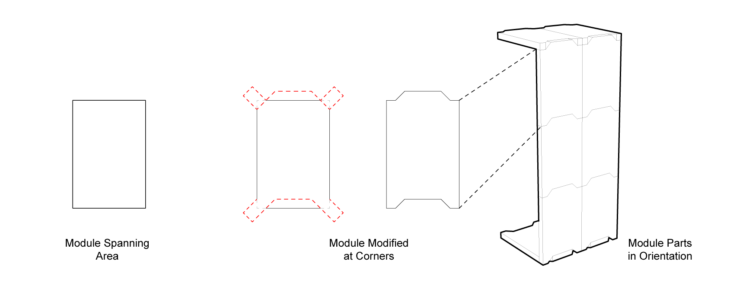Advances in Wood Housing
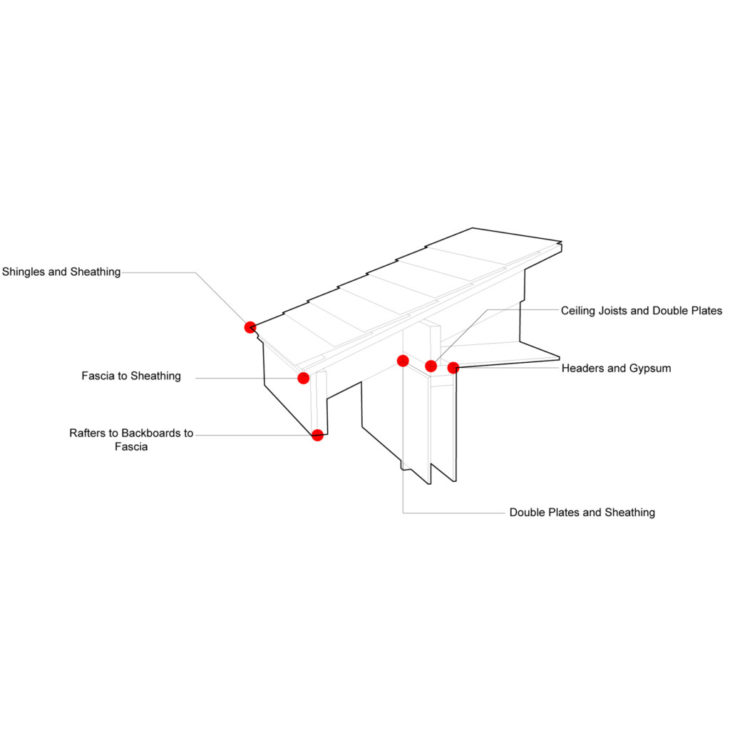
Can fabrication methods increase the productivity and assist the labor workforce, to build more efficiently?
Standards of Housing
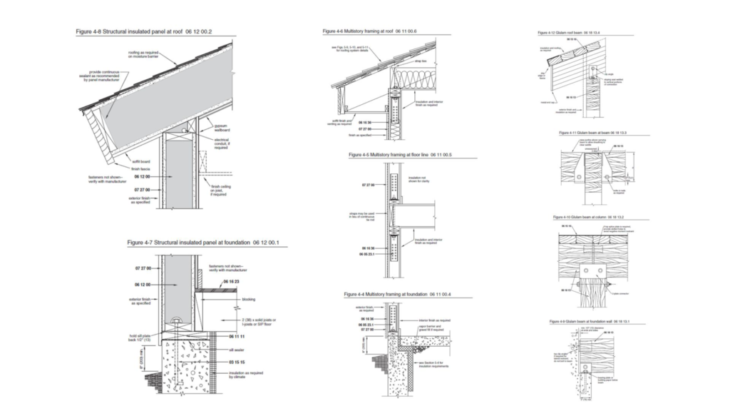
Three types of methods commonly accepted in wood housing construction are: A] SIP Panels B] Platform Framing C] Glulam Framing.
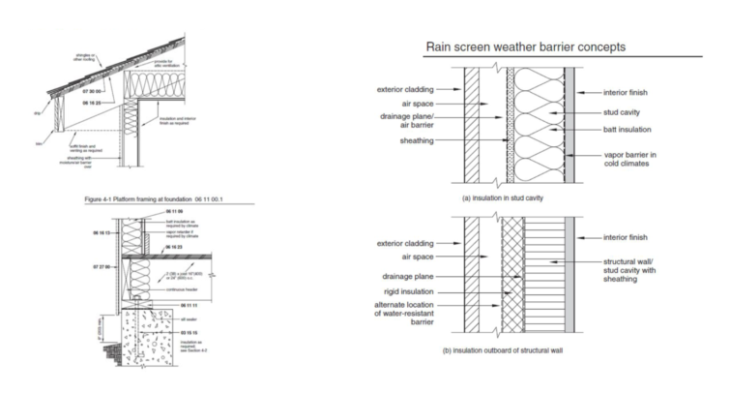
Platform Framing is the most commonly used construction system for wood housing.
Prior Study of Housing Tectonics
A node [red dot] represents a connectivity for valence. A connection [dashed lines] which extends is also a measure of valence. The red dot is depicting the centers, edges, corners,, and is dependent on various points as connecting nodes.


The corner conditions along with the extended connections make a volume. This volume yields a stable structural module and provides a continued entry point as a node for a new module. The node [red dot] should be able to adapt to angles in connections [dashed lines], where the node [red dot] logic allows for vertical, horizontal, and angled connections [dashed lines] to form a volumetric module.

A typical structural element of a beam or column can also be interpreted as a shell where the faces that compose a module are acting as the horizontal, vertical, and angled parts.
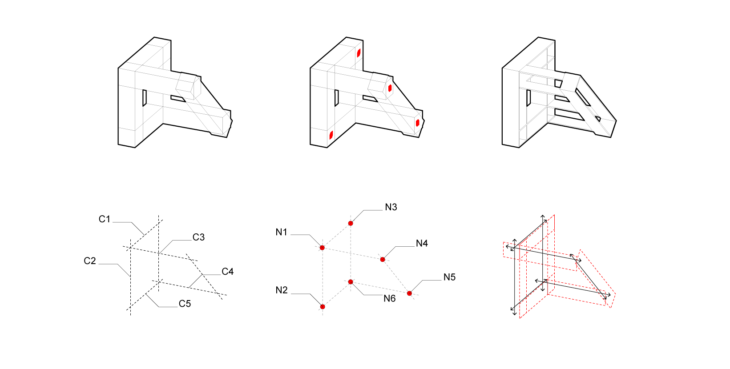
Geometric models express the application of these rules for simple edge rotation of nodes and connections in their horizontal, vertical, and angular conditions.
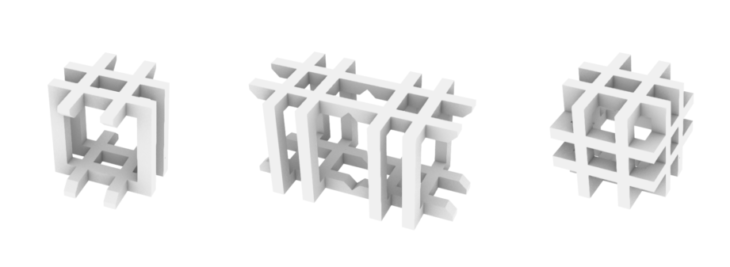
Space Frames and 3D Volumetric Models
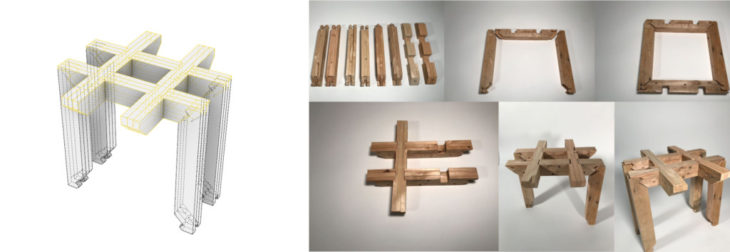
In plane connections and fabrication study of joinery
Transitioning a module into a network of nodes as connections
